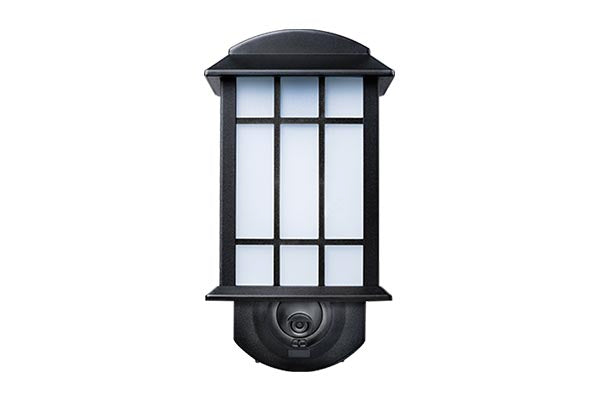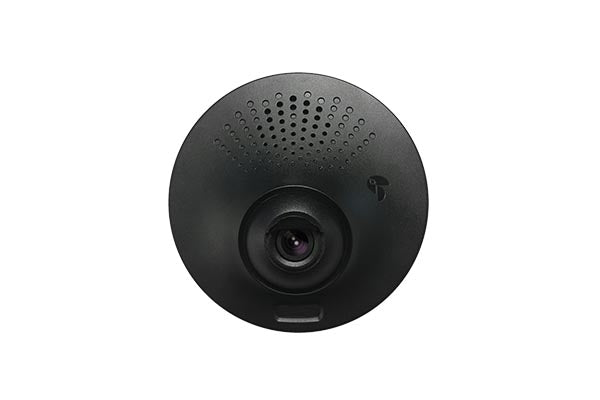Home Interior Lighting Guide
Winter is coming. With shorter and darker days ahead, now is the perfect time to review your interior lighting setup. Bad lighting isn’t just inconvenient. It can cause eye-strain, affect your mood, and even reduce your productivity. Proper lighting, by contrast, can improve your mental well-being and make you more alert. A study by Northwestern University even suggests that when you home is properly lit during the day, you’ll sleep better at night!
Interior decorators use two different terms when they talk about lighting design:
- Ambient lighting – This type of light is soft and diffused, and it usually comes from different sources in one space.
- Task lighting – This type of light involves only one bulb or lamp. It is focused and bright on one area.
Most of the rooms in your home will require some combination of ambient lighting and task lighting, depending on what you use them for. Here are our tips for putting both types of lighting to good use in each room of your home:
Living Room
The living room is for entertaining, relaxing and light reading. At least three corners of the room should have ambient lighting. For task lighting, consider having as many reading lamps as there are chairs, so everyone can relax with a book. A large, overhead lamp is also appropriate for areas where people congregate.
Dining Room
Make sure there is lighting directly over the dining table. You can add softer, ambient lights for extra illumination.
Kitchen
A large overhead, lamp is essential for your kitchen. This lets everyone see what’s cooking. If you have a large space, consider wall sconces for specific work areas like the stove, countertops, and the sink.
Bedroom
Whether it’s the master bedroom or the kids’ room, you should have a reading lamp or sconces near the bed. Make sure you have ambient light in at least three corners of the room.
Don’t forget to light up your dressing area or your closet. If you have a boudoir or dresser, task lighting is very important—preferably on the furniture itself.
Bathroom
All mirrors in your bathroom should have lighting. The whole space must have at least one overhead light. Task lighting should be used for your tub or shower area.
Different Types of Lights
You can choose from many different designs to make your rooms bright and unique. Here is a quick overview of the styles of lights you can use inside your house:
Overhead Lamps – These can be your grand chandelier or just large lamps. Make sure they don’t go above 100 watts. These should be used in your dining room and living room.
Recessed Lights – This is a great style for ambient lighting all around the house. Use warm LED lights to create a soft look in your hallways.
Table Lamps and Sconces– For focused light in small areas, a table lamp or sconce (a fixture that attach to the wall), will fit the bill. Experiment with lamps and sconces that pivot, so you can shine the light in different directors, as needed.
Pendants– These are the lights that hang from the ceiling. Put one over your central kitchen counter or your dining table.
Track Lights – Track lights provide a modern alternative to recessed lights. You can adjust the lights individually and shine them in different areas.
Tips for Going Green and Saving Energy
With the average U.S. household having more than 40 sockets for light bulbs, there is a need to balance power consumption with proper lighting. Read our post: Go green with home lighting to find the cost benefits of using new lighting systems and how to make the switch.
Reduce lighting in areas that don’t need it. Bright light is important where people are writing or reading. Pathways and hallways are often too brightly lit.
Try to use natural light whenever possible. Skylights and windows bring in natural light that can reduce the need for lighting fixtures.
Consider reducing the number of bulbs in lighting fixtures located in areas that don’t need them. You’ll generally need less lighting in areas with televisions, computer screens and fireplaces, since these already emit a lot of light.
Use LED lights to bring your electric bill down by at most 80%. With proper care and normal use, LED bulbs will last much longer than conventional bulbs.
As a general rule of thumb, the lights in your home should be bright enough to help you finish tasks and replace daylight when it gets dark outside.
Learn how to brighten up the outside of your home too! For additional reading, check out our
The post Home Interior Lighting Guide appeared first on Kuna.
Stop break-ins before they happen.

Save $20 on your first order.
Latest news, feature updates, and exclusive discounts.








